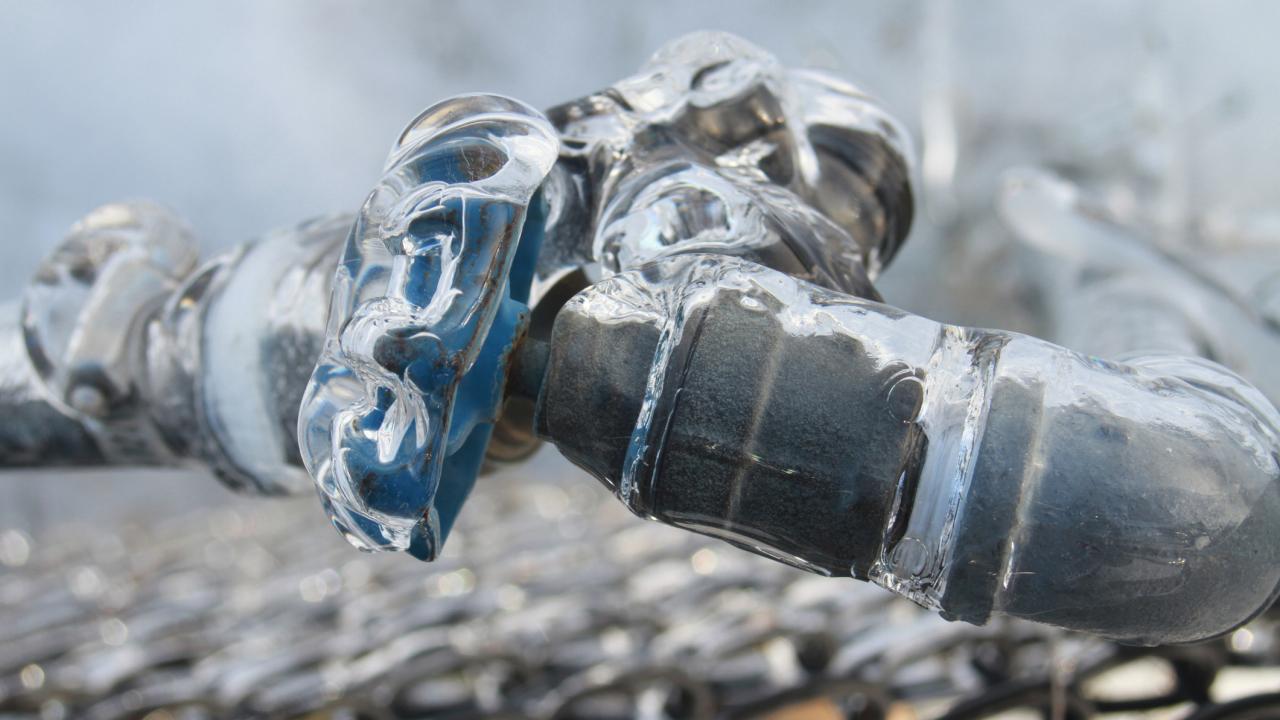Important Advice to Avoid Frozen Pipes in Cold Weather: Expert Insights
Important Advice to Avoid Frozen Pipes in Cold Weather: Expert Insights
Blog Article
How do you really feel when it comes to 6 Ways to Prevent Frozen Pipes?

Winter can damage your plumbing, specifically by freezing pipelines. Below's how to prevent it from happening and what to do if it does.
Introduction
As temperature levels drop, the risk of frozen pipes boosts, potentially causing expensive repair work and water damage. Recognizing just how to avoid frozen pipes is vital for homeowners in cold climates.
Avoidance Tips
Insulating at risk pipes
Cover pipelines in insulation sleeves or use warmth tape to protect them from freezing temperature levels. Focus on pipes in unheated or external locations of the home.
Home heating techniques
Keep interior spaces adequately warmed, particularly locations with plumbing. Open up cabinet doors to enable warm air to flow around pipes under sinks.
Just how to identify frozen pipelines
Look for lowered water flow from taps, unusual smells or sounds from pipes, and visible frost on exposed pipelines.
Long-Term Solutions
Architectural modifications
Consider rerouting pipes far from outside walls or unheated areas. Include added insulation to attic rooms, cellars, and crawl spaces.
Updating insulation
Purchase top notch insulation for pipelines, attics, and wall surfaces. Correct insulation helps keep consistent temperature levels and minimizes the risk of icy pipes.
Securing Outdoor Plumbing
Garden tubes and outside taps
Detach and drain pipes yard pipes before winter months. Install frost-proof spigots or cover exterior faucets with shielded caps.
Understanding Icy Pipes
What triggers pipelines to ice up?
Pipelines freeze when exposed to temperature levels below 32 ° F (0 ° C) for expanded periods. As water inside the pipes freezes, it broadens, putting pressure on the pipe walls and possibly triggering them to break.
Risks and damages
Frozen pipelines can cause water disturbances, property damage, and costly repair services. Ruptured pipelines can flood homes and create substantial architectural damage.
Indicators of Frozen Pipes
Determining frozen pipelines early can prevent them from breaking.
What to Do If Your Pipes Freeze
Immediate actions to take
If you suspect icy pipes, maintain faucets open to relieve stress as the ice melts. Make use of a hairdryer or towels soaked in hot water to thaw pipelines slowly.
Final thought
Avoiding icy pipes needs aggressive steps and fast responses. By understanding the reasons, indications, and safety nets, homeowners can safeguard their pipes throughout winter.
5 Ways to Prevent Frozen Pipes
Drain Outdoor Faucets and Disconnect Hoses
First, close the shut-off valve that controls the flow of water in the pipe to your outdoor faucet. Then, head outside to disconnect and drain your hose and open the outdoor faucet to allow the water to completely drain out of the line. Turn off the faucet when done. Finally, head back to the shut-off valve and drain the remaining water inside the pipe into a bucket or container. Additionally, if you have a home irrigation system, you should consider hiring an expert to clear the system of water each year.
Insulate Pipes
One of the best and most cost-effective methods for preventing frozen water pipes is to wrap your pipes with insulation. This is especially important for areas in your home that aren’t exposed to heat, such as an attic. We suggest using foam sleeves, which can typically be found at your local hardware store.
Keep Heat Running at 65
Your pipes are located inside your walls, and the temperature there is much colder than the rest of the house. To prevent your pipes from freezing, The Insurance Information Institute suggests that you keep your home heated to at least 65 degrees, even when traveling. You may want to invest in smart devices that can keep an eye on the temperature in your home while you’re away.
Leave Water Dripping
Moving water — even a small trickle — can prevent ice from forming inside your pipes. When freezing temps are imminent, start a drip of water from all faucets that serve exposed pipes. Leaving a few faucets running will also help relieve pressure inside the pipes and help prevent a rupture if the water inside freezes.
Open Cupboard Doors
Warm your kitchen and bathroom pipes by opening cupboards and vanities. You should also leave your interior doors ajar to help warm air circulate evenly throughout your home.

We are very involved in How To Avoid Freezing Pipes and I'm hoping you enjoyed reading my article. Sharing is nice. Helping others is fun. Many thanks for your time. Don't hesitate to check our website back soon.
Booking Page Report this page